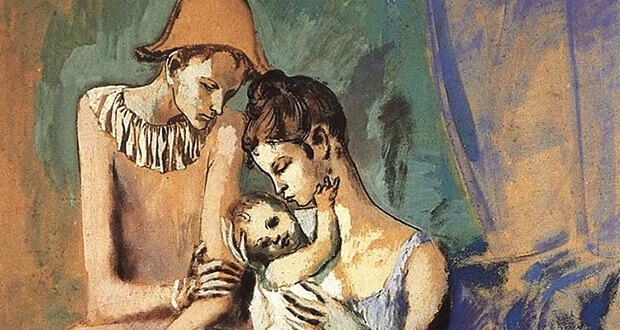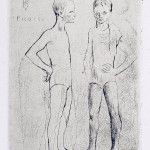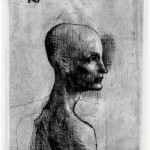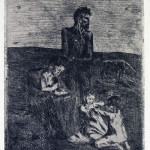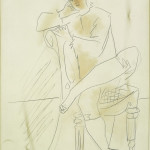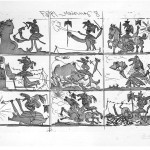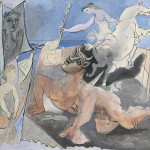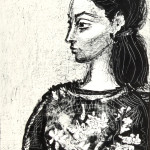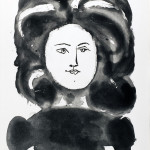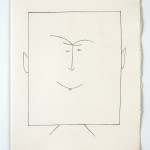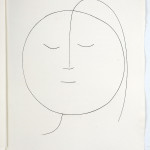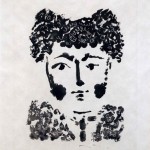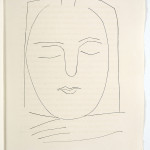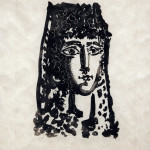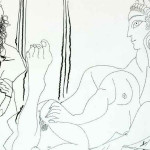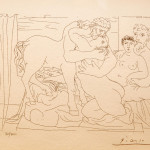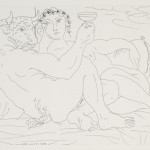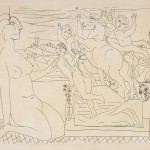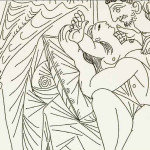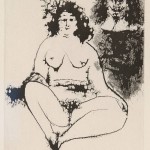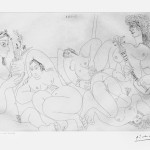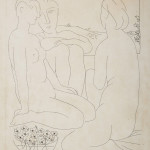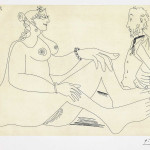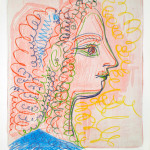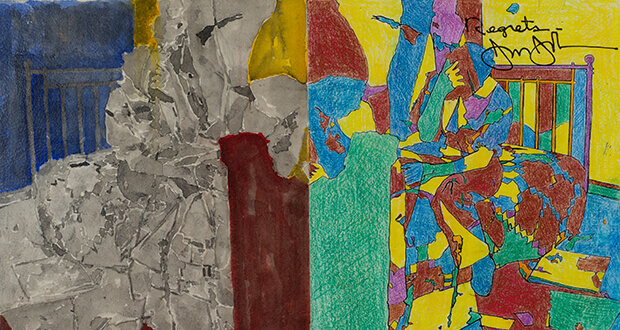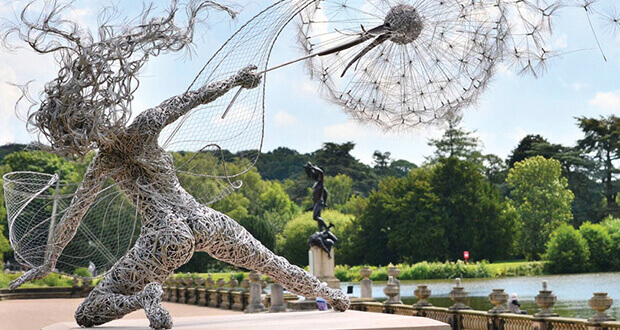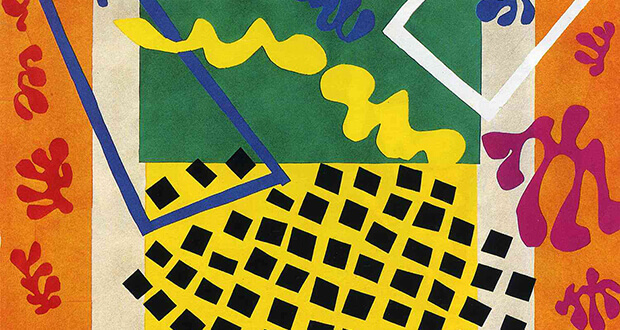Palazzo delle Paure, Lecco
Until 13th of July 2014
[box type=”shadow” ] One hundred etchings to discover and appreciate the Spanish art genius Pablo Picasso (1881-1973), capable of re-built his own creative path with and stylistic evolutions.[/box]
The exposition is called “In the Spirit of Picasso”, is organized to celebrate the 30 years of activities of strong>Bellinzona Gallery, really important for the world of art especially in the cities of Lecco, Milan and Como.
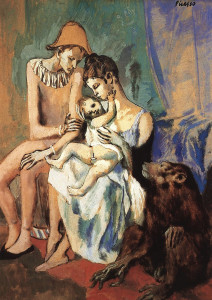
“It’s the first time – proudly said the assessor Tavola – that the city of Lecco hosts Pablo Picasso works, maybe the most great artist of 900s. The exhibition wants to present the Picasso’s etchings and shows a valuable works coming from some of the most important worldwide museums, also from ”Musée Picasso of Paris”. A long journey to discover the ample corpus of graphic works created in the artist’s long life of artistic career.
The exhibition displays the Saltimbanques (1904 and1906), that represent, in his blue period and rose period, the figurative imaginary circus world of a young Picasso. A world populated by circus performers, depicted alone or in groups, far from the stages, in their everyday life, expressing melancholy and affective dimensions, women with children and Harlequins – artist’s alter-ego- to express a deep feeling of parenthood: people without a fixed home, always in anguish but despite all always depicted in their joyous domestic lives.
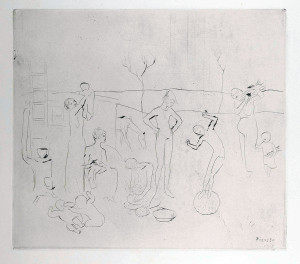
To realize this works, Picasso tried for the first time the techniques of etching and dry point. This series of works are one of the most relevant example of the graphic art history, especially for the utilized of etching and scraper on zinc. An example is the famous Le repas frugal, one of the highness of Picasso, which shows a man and a woman sit on a table, surrounded by a grey and uneasy atmosphere that reveals a clip of life of the anguish life of Picasso.
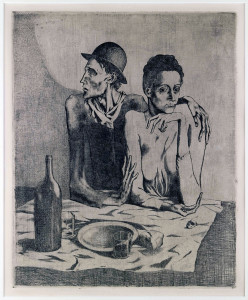
We can further appreciate the “The Dream and Lie of Franco” (Sueno y Mentira de Franco), etching about the masterpieces “Guernica”, dealing with, as in the famous work dedicated to the Basque city destroyed in 1937 by the German aviation, the tragic Spanish period of civil war, when the republican army fought the fascist armies of Francisco Franco, represented by Picasso as a repulsive monster involved in the most horrid actions.
The exhibition presents, also, a series of sheets realized to illustrate the Luis de Góngora poem ”siglo de oro and the Prosper Mérimée work called Carmen. The two illustrative book are made of innovative graphic designs and appeared in 1948-49 but hardly can be associated with the Spanish artist: pompous, material and with a fine artistic taste for the firsts and rigid, schematic and almost undefined for the seconds. The mental and artistic freedom of Picasso, his eclecticism and unreachable technique and strongly underlined by the two volumes.
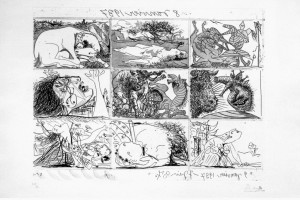
The exposition ideally ends with “Celestina” , the series of 66 plates, etched and came out in 1971, in Picasso birthday. Here Pablo illustrates the lyrics of ”Tragicomedia de Calisto y Melibea” (also called “La Celestina”), masterpieces of the Spanish literature, written by Fernando de Rojas in 1499, in which there are told the Celestina stories, her diabolic strategies and love affairs, with an obsession for female nudity. All the works displayed in the exhibition and comments of friends, critics, journalists are printed together in the exhibition catalogue (Bellinzona Gallery edition).

